Customers may be more loyal, but there’s still a great deal of competition for that loyalty. These three strategies will help your brand deepen your relationship with shoppers.
Be vocal about the causes that matter to you
When asked if they were more inclined to be loyal to a brand whose values aligned with theirs, a whopping 82.0% of respondents said yes.
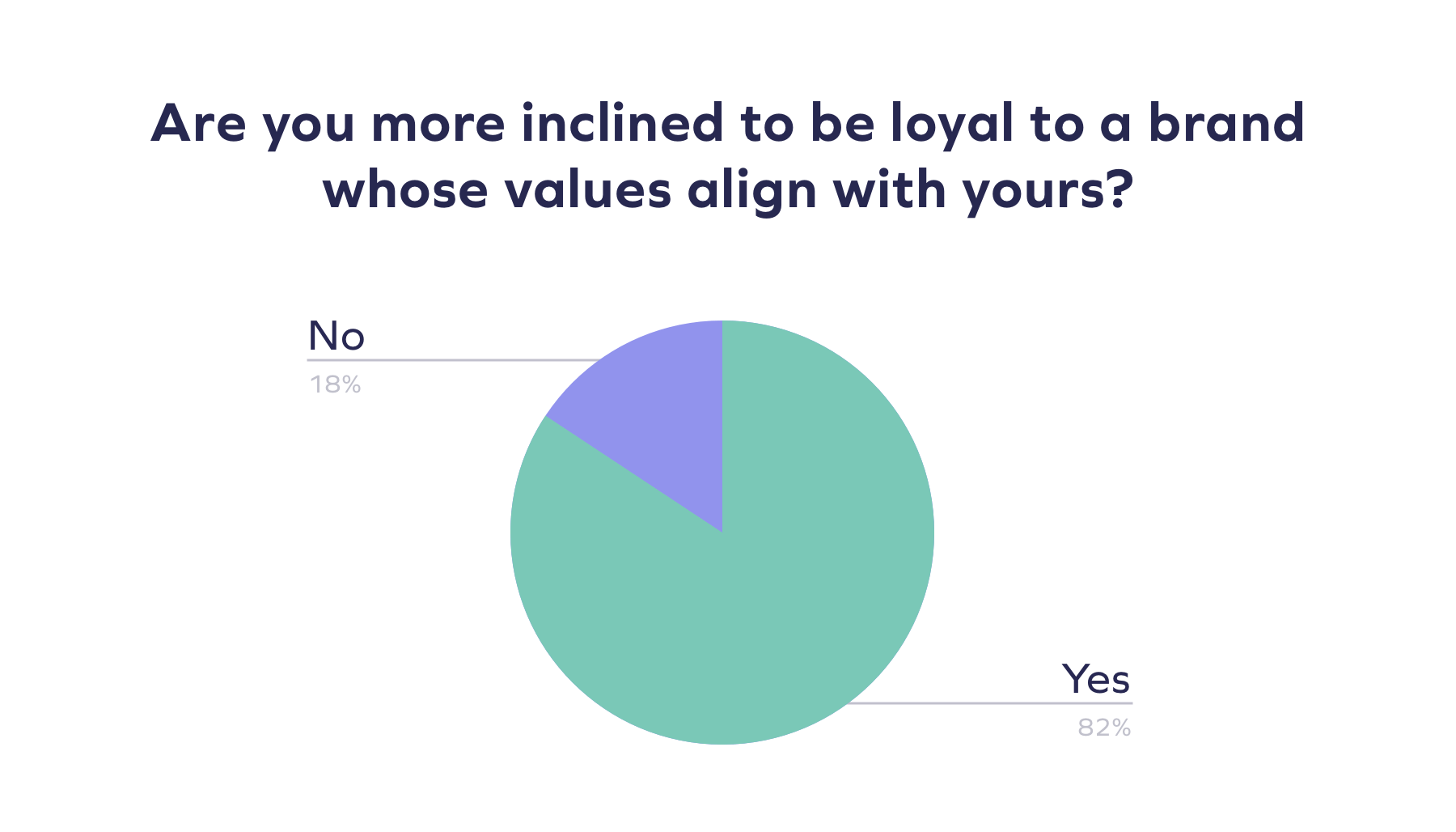
Being more vocal about your brand values can play out in myriad different ways, including:
-
- Creating a page on your website that features a cause, charity or value that is close to your brand’s heart. Essential oils brand Aromatherapy Associates, for example, proudly touts their B Corp Certification on a dedicated page on their site.
-
- Offering important resources to help your shoppers get involved. Click on the “Activism” section on Patagonia’s website, and, based on your location, you’ll be shown grassroots environmental activist groups in your area.
-
- Finding new ways to be a part of an important and ongoing dialogue. Intimately, which makes underwear for disabled folks that is both “functional” and “fashionable,” has a section on their site called “Stories By You”, where community members share stories, advice, tips, resources and more.
“For some consumers, the disruption of recent times and the enforced move to digital has meant seeking new brands online. For others, it’s been a case of remaining loyal to their tried and tested brands during such a turbulent time,” says Elliott Jacobs, Director of Commerce Consulting at LiveArea. “And, whether trying to retain new customers or keep loyal customers happy, transparency is vital. From communication regarding supply chain ethics, sustainability, diversity, or staff welfare, to providing visibility around inventory, delivery speeds, tracking, and returns, recent events have shone light on brand perception. Transparent, trustworthy and consistent communication across every touchpoint is as vital as ever, and a key loyalty consideration moving forwards.”
Turn your loyalty programme members into VIPs
We asked survey respondents in 2019 and then again in 2020 what they wanted out of a loyal programme other than free shipping and discounts which, in today’s world, are considered a low bar. Two distinct responses — “early access to sales” and “early access to new products” shot up considerably from 2019 to 2020 — 38.3% to 56.0% and 28.8% to 46.0% respectively.
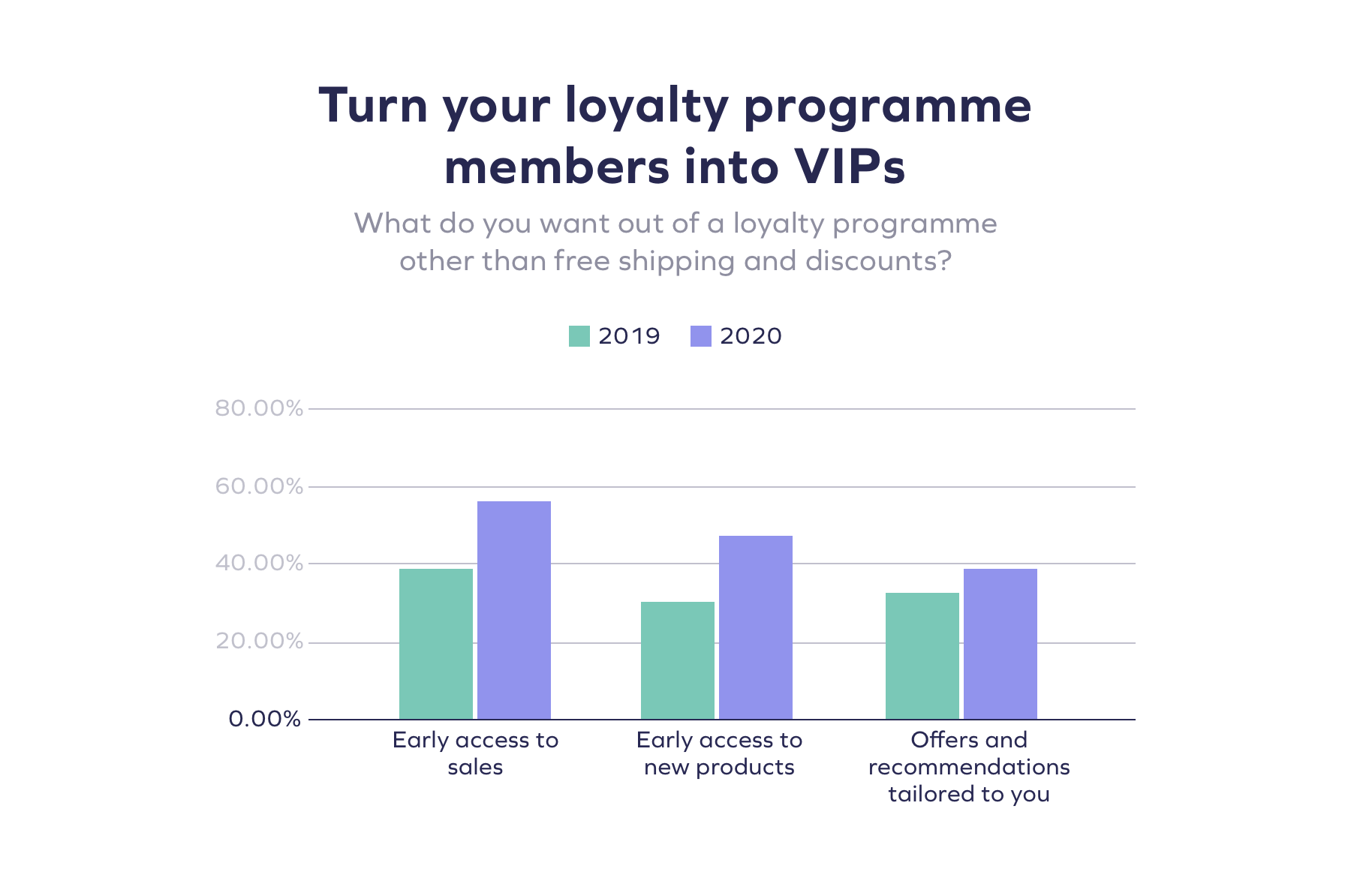
The main takeaway? Your customers actually do care about more than just free shipping and discounts when it comes to your loyalty programme; for many, getting a VIP experience has become significantly more important to them since 2019.
What does this look like in action? Body positive bra brand ThirdLove created a tiered VIP loyalty programme, “Hooked,” that is free to join, and focuses on customers’ lifetime spend, so members can still get rewarded even if they purchase infrequently, as is often the case in the lingerie industry.
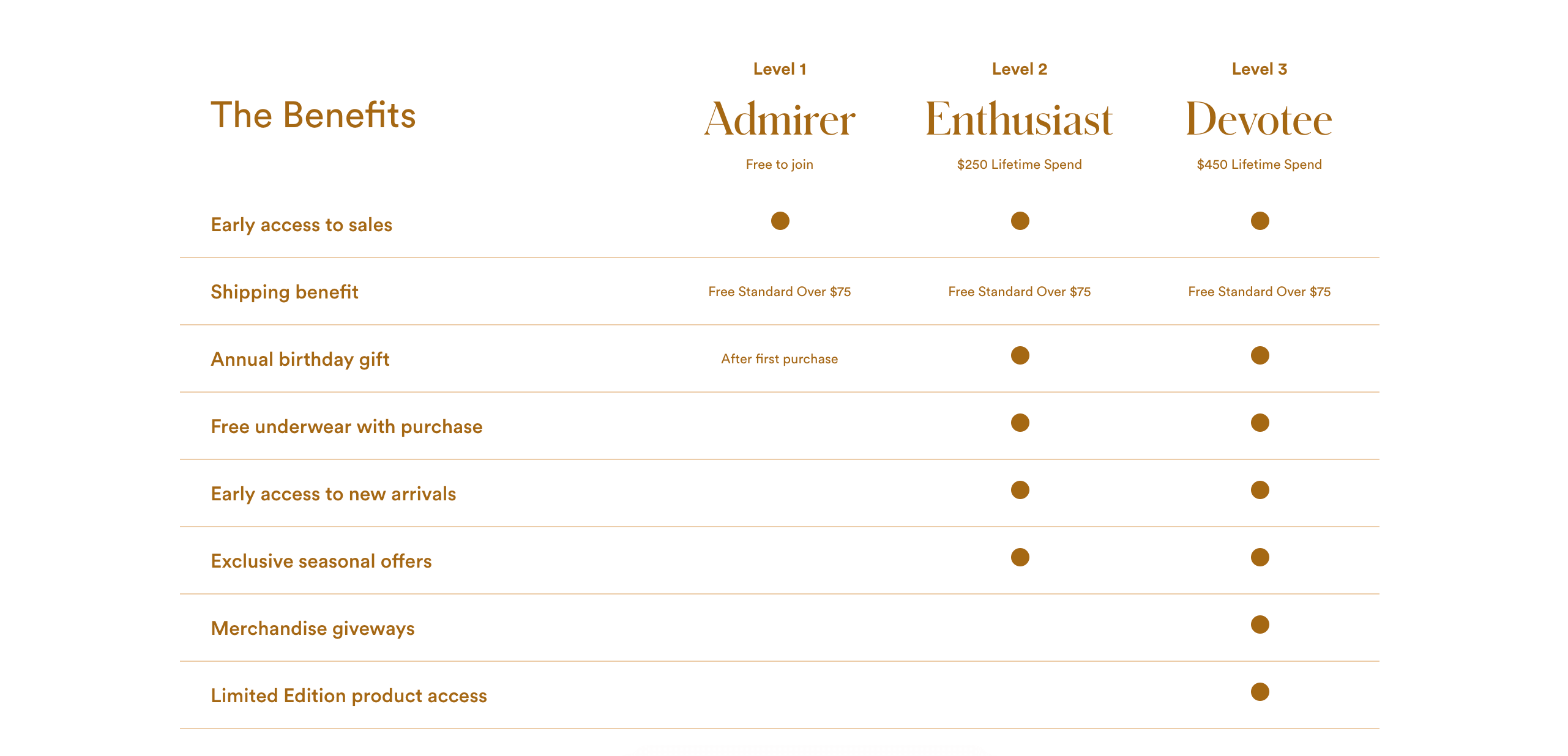 ThirdLove’s tiered VIP loyalty program, Hooked.
ThirdLove’s tiered VIP loyalty program, Hooked.
As members climb the tiers, from Admirer, to Enthusiast, to Devotee, they unlock rewards like “early access to new arrivals,” “exclusive seasonal offers,” “limited edition product access,” “annual birthday gift,” and other benefits that go beyond just the transactional, focusing instead on exclusivity and the customer-brand relationship.
“Loyalty within eCommerce has progressed, and is no longer just a ‘click and go’ addition to upsell post-purchase using a discount code as a carrot,” says Liam Quinn, Technical eCommerce Consultant at Vervaunt. “With LTV in mind, it’s much more effective for loyalty to be baked into all customer touchpoints (e.g. purchases, reviews, social engagement) and to reward loyalty with a variety of perks that aren’t just discount codes, like free shipping, gift with purchase, and priority purchase on new product lines.”
Replicate the in-store experience onsite
With so many stores around the country temporarily or even permanently shuttered due to COVID-19, creating an onsite experience that is as similar as possible to the one a customer might have shopping in-person is another essential piece of the puzzle when it comes to keeping your loyal customers engaged. You can do this by displaying reviews and visual UGC prominently across your homepage, product pages, and checkout page.
When shoppers land on organic skincare brand Green People’s website, they are greeted by an onsite gallery filled with photos from Green People’s Instagram feed, all with “buy now” options, helping to recreate the “discovery” experience that a customer might have upon walking into a store and taking in all of the products on display.
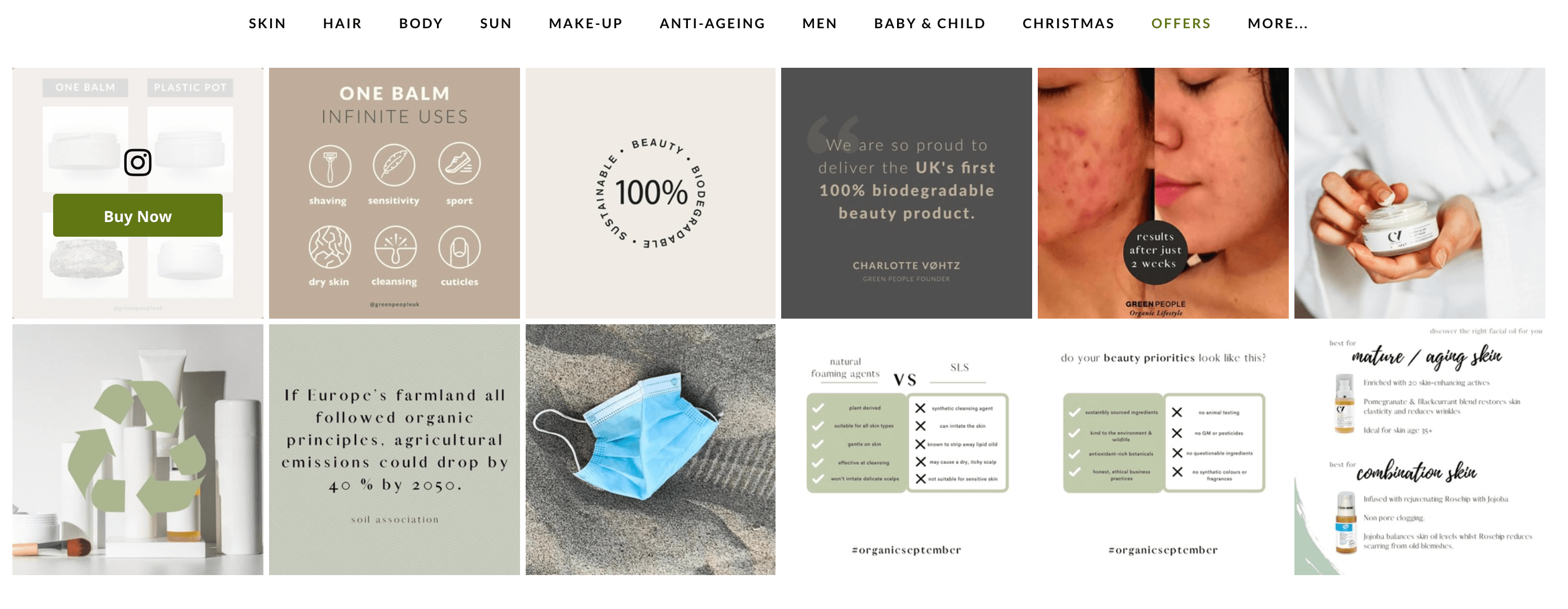
After clicking through to a specific product, not only are they are shown customer reviews, but they are given the option to filter reviews by the topics most relevant to their concerns, such as “irritation,” “ingredients,” “fragrance” and so on, replicating the exchange they would be able to have in-store with a knowledgeable salesperson.
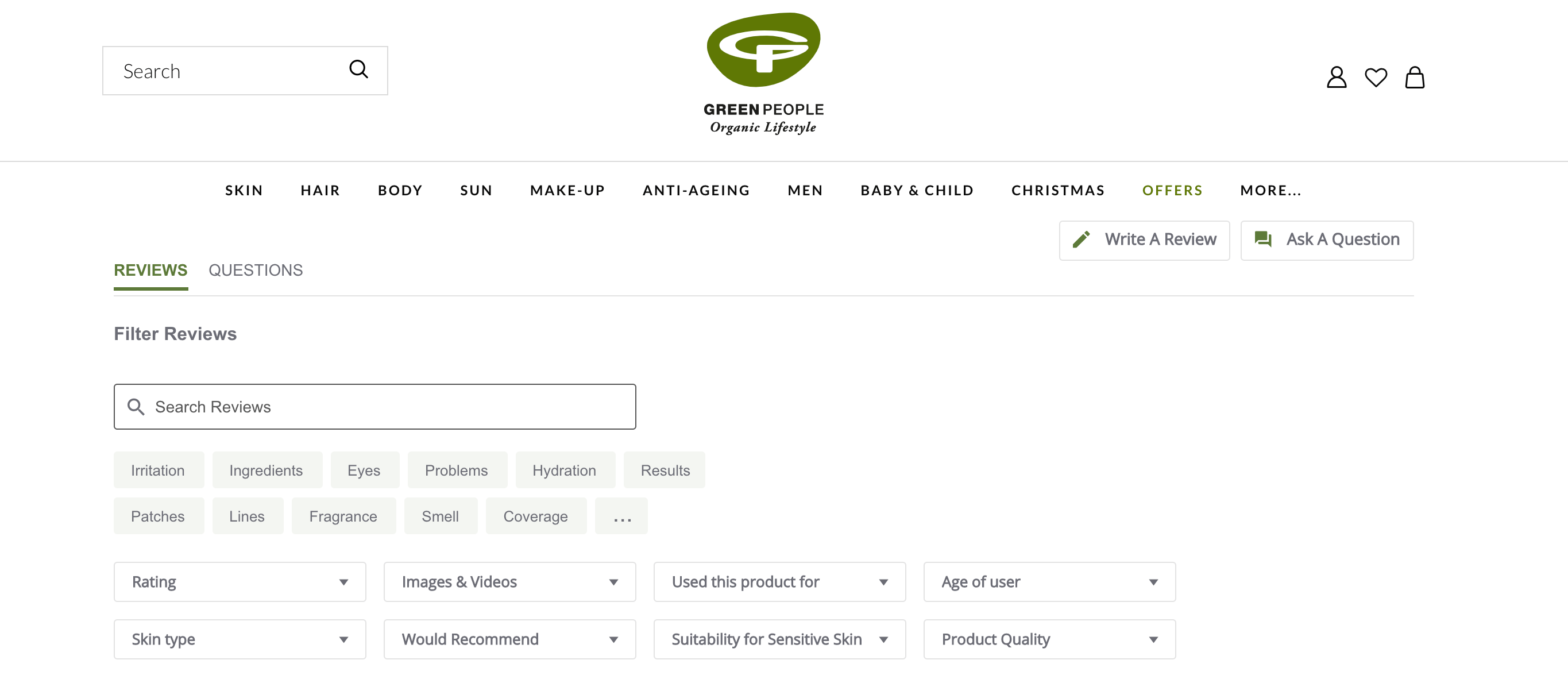
Finally, as they continue through to the checkout page, they are shown personalised product recommendations based on what other customers also purchased.
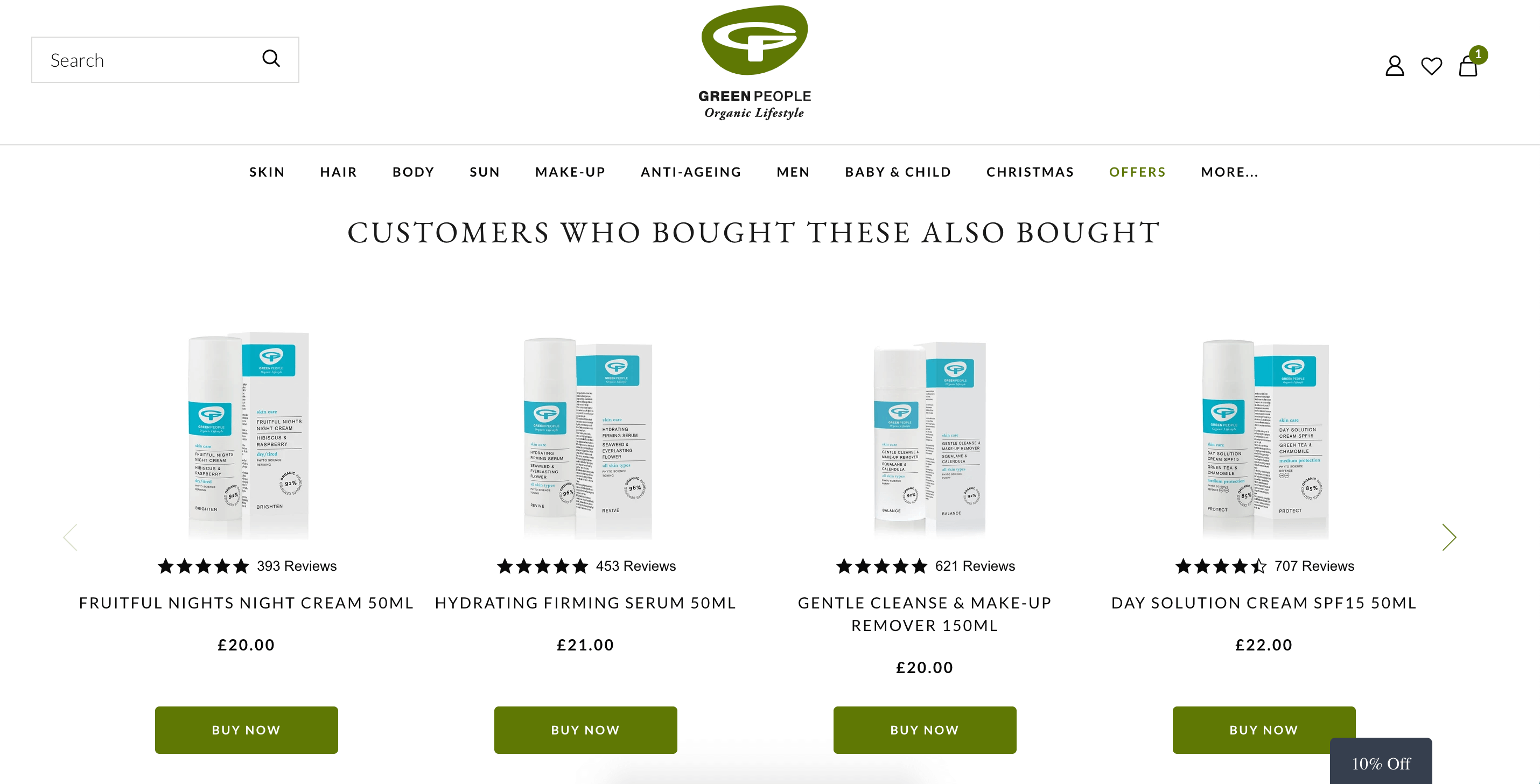




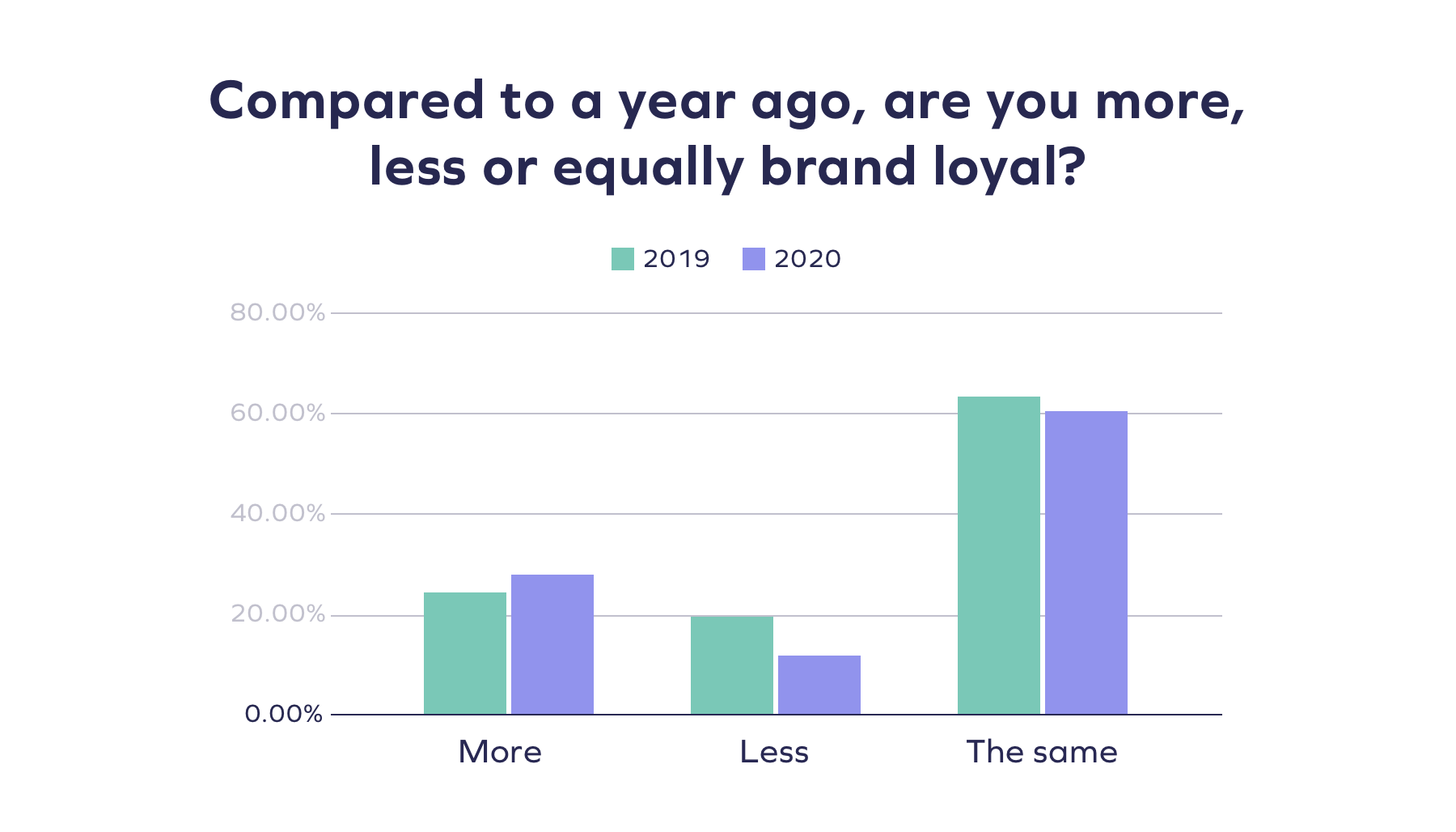
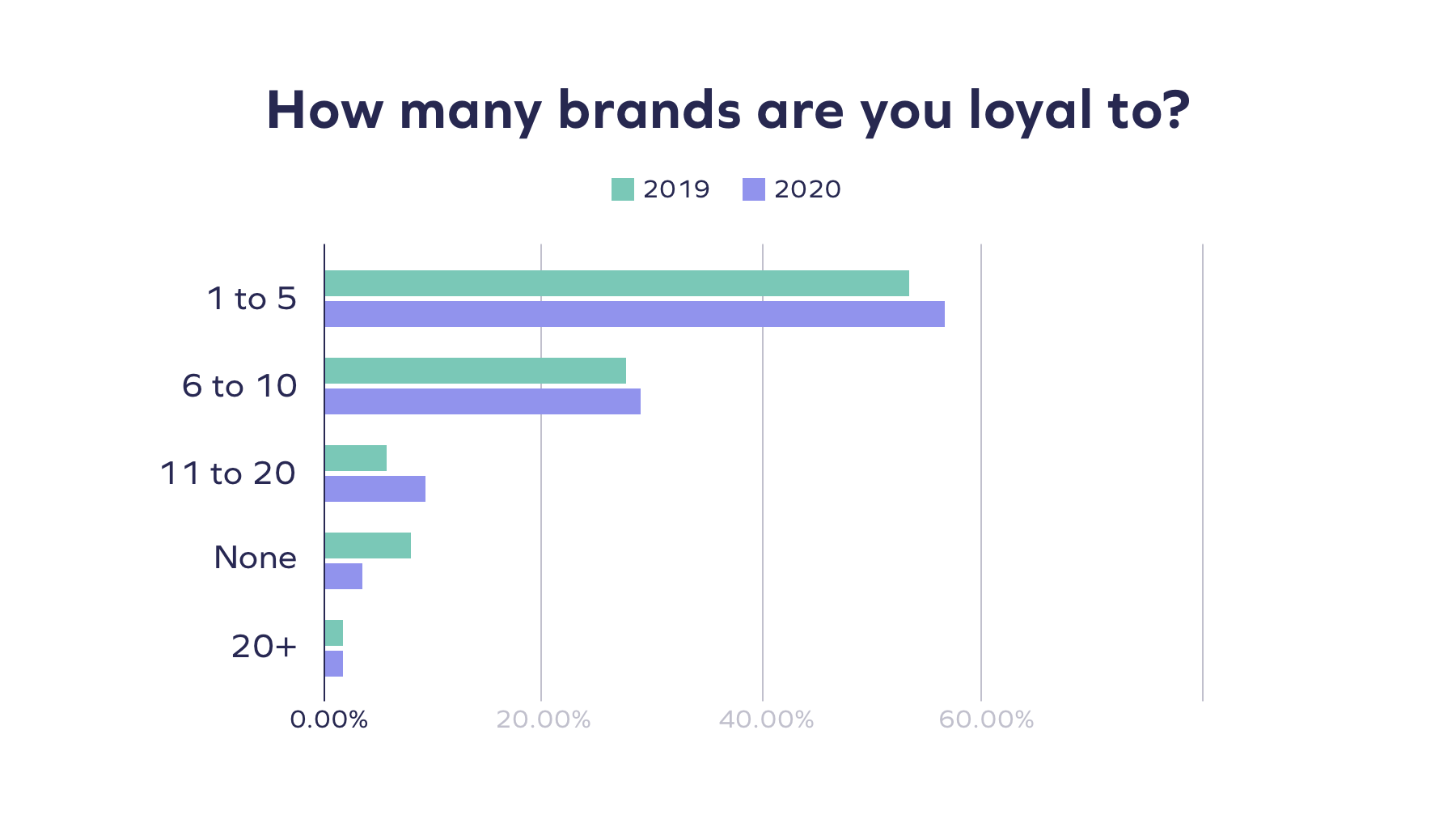
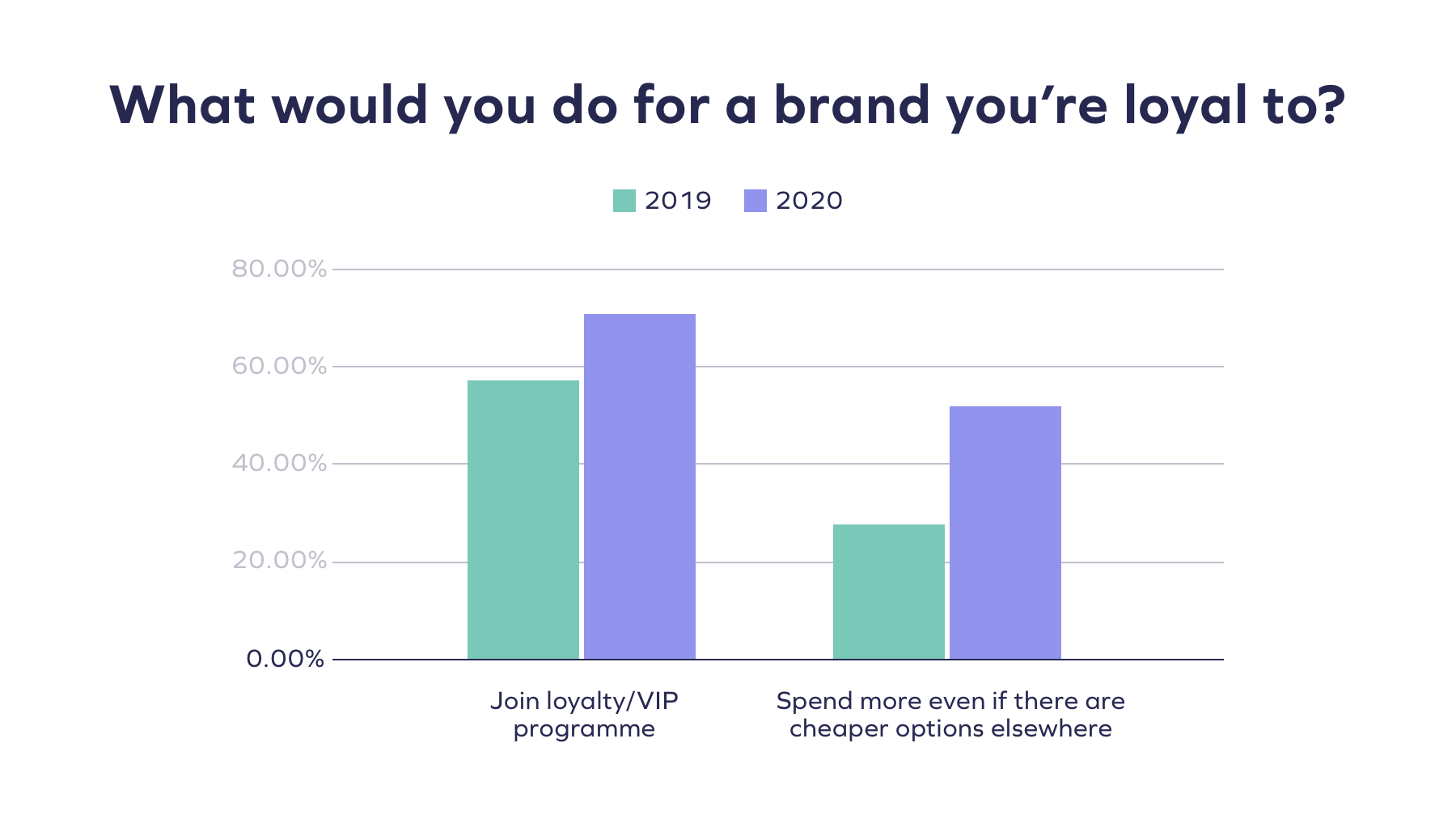

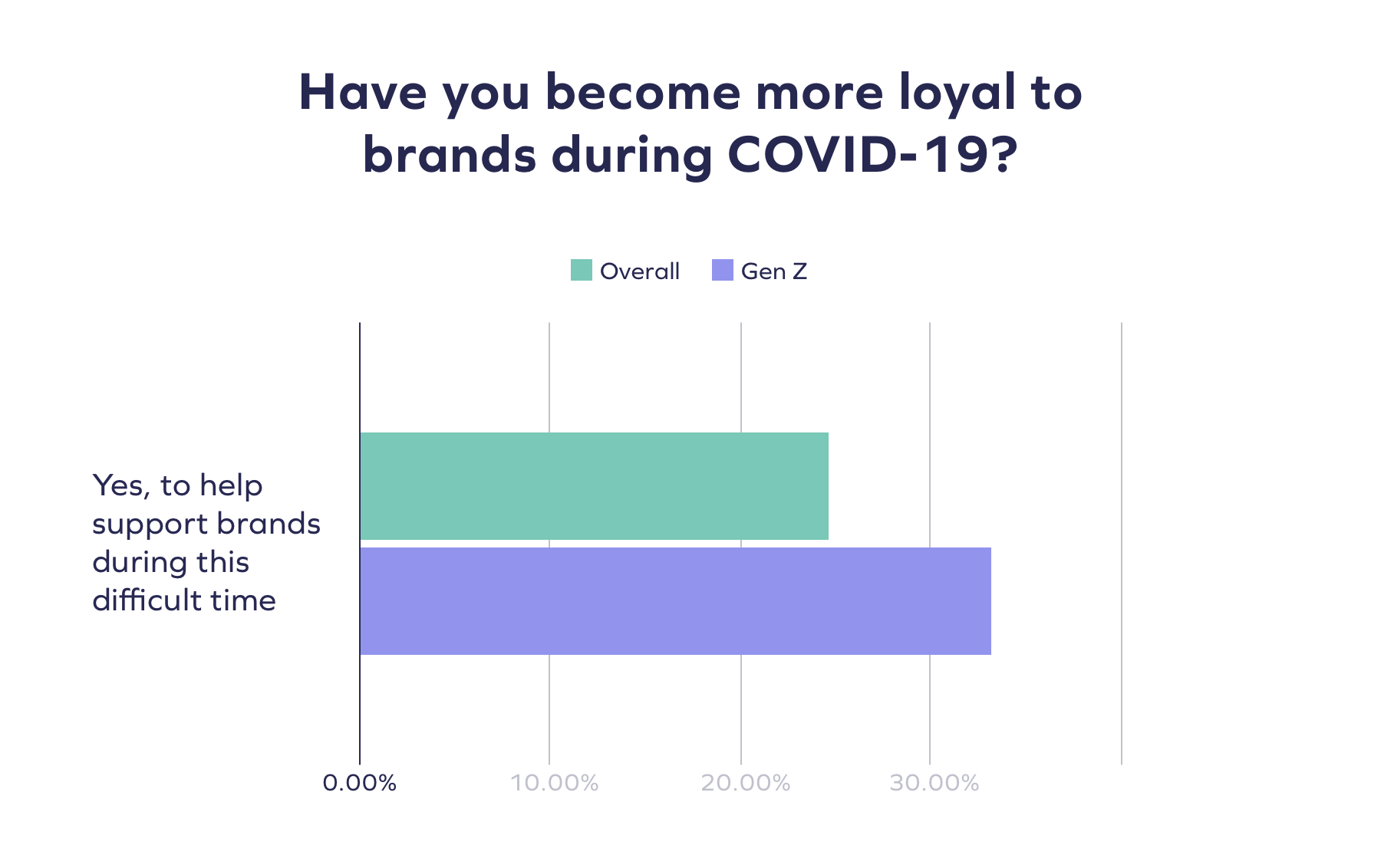



 ThirdLove’s tiered VIP loyalty program, Hooked.
ThirdLove’s tiered VIP loyalty program, Hooked.


